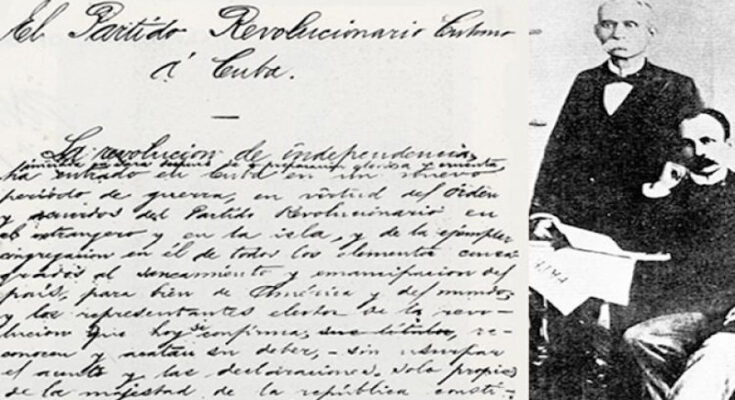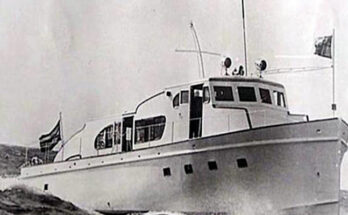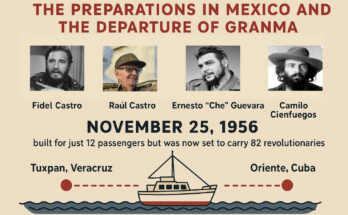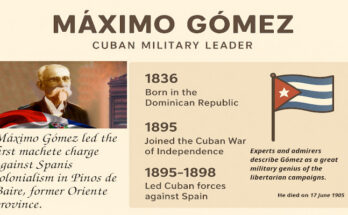The last war for the independence of Cuba was chiefly based on a strategy overcoming the mistakes leading to failure in the Ten-Year-War (1868-1867). Therefore it was necessary to create a document backing up and ruling the further steps in the liberation struggle against the Spanish colonialism. And that is why the Cuban Apostle, José Martí, and Generalísimo Máximo Gómez signed the Montecristi Manifesto, the independence war program of the island, which came into being in the Dominican Republic on March 25, 1895.
The Manifesto, named after the northern city of the Dominican Republic where it was signed, was a response by Cuban independence supporters to Spanish colonialism just one month after the start of the third and last war for sovereignty in the largest Caribbean island.
From the beginning, the document clearly puts forward the reasons why the Cuban people launched the fight, and it explains that the war was not being waged against the Spanish, but against the colonial yoke that prevailed on the island since the times of the conquest.
Martí and Gómez called Cubans for rising up in arms, while explaining the program conceived by the revolutionary movement. Both of them were its highest representatives.
The document includes the ideas expressed by the Apostle on nationalism, denounces colonial order, exposes its marked anti-imperialism and commitment to vindicate the blood spilled by Cubans in the wars of 1868 and the so-called Little War, which ended without achieving the supreme objectives of The struggle.
Besides, it explains how Cubans would avoid divisions, bitterness and instability brought to the Spanish-American republics by following foreign models, so allowing the country to fulfill its responsibility before the world and “open to humanity a working republic and achieve the friendship of the world”.
The Manifesto showed the deep vision of Martí as a statesman and political leader, and his universal gaze when he analyzes the role of the revolution and his duty “to explain once again to the country and nations, the local causes and universal ideas and interests, for the advancement and service of humanity the armed struggle of the patriots had resumed”.
The document, conceived as an ideological weapon in the battle against Hispanic colonialism and against the threats of the nascent North American imperialism, is today a motivation for the North American persistence in trying to dominate Cubans who strive for keeping the island’s sovereignty, and independence.




